In this article, I am going to show you how you can achieve more authentic-sounding piano in your tracks so that it sounds like you have had your music recorded by a professional pianist (rather than sounding like an 80s keyboard).
Starting With Unrealistic Sounding Piano
Let's take a listen to this example as our starting point.
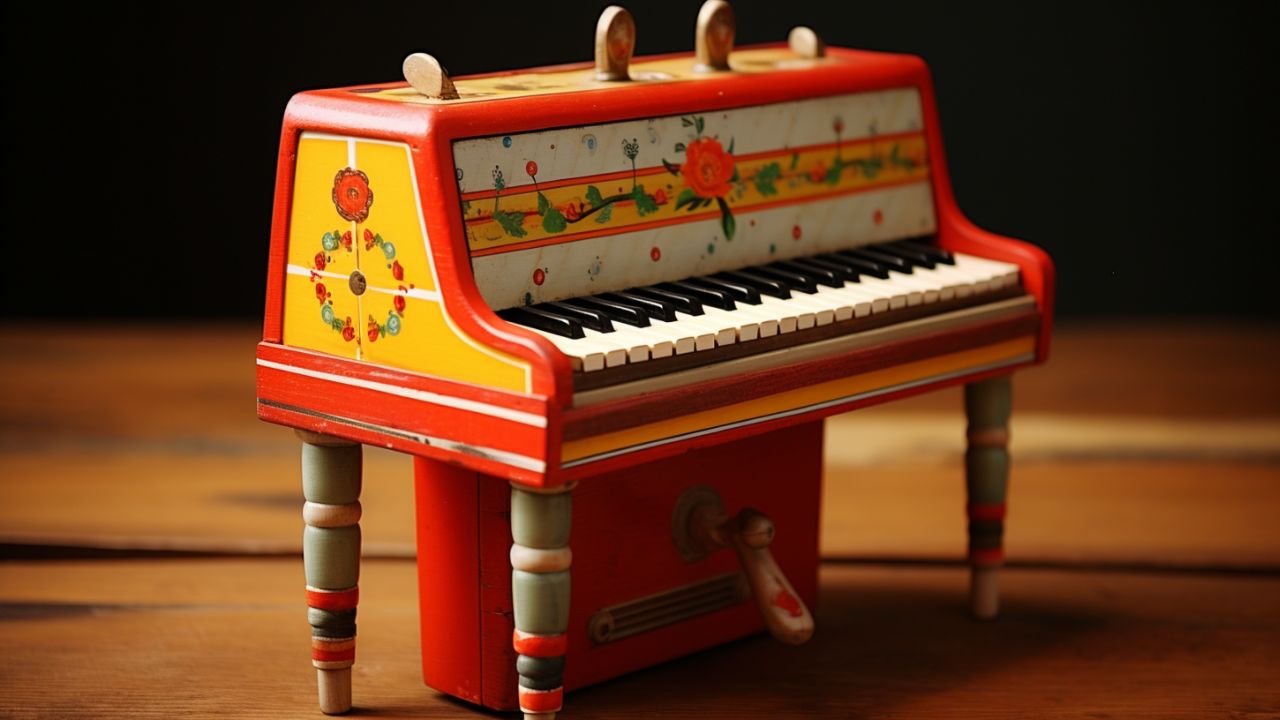
What's wrong with it?
It doesn't sound like a real person played it. It sounds mechanical and machine-like.
So let's see what we can do to make it sound more authentic.
Choose The Right Piano Sound
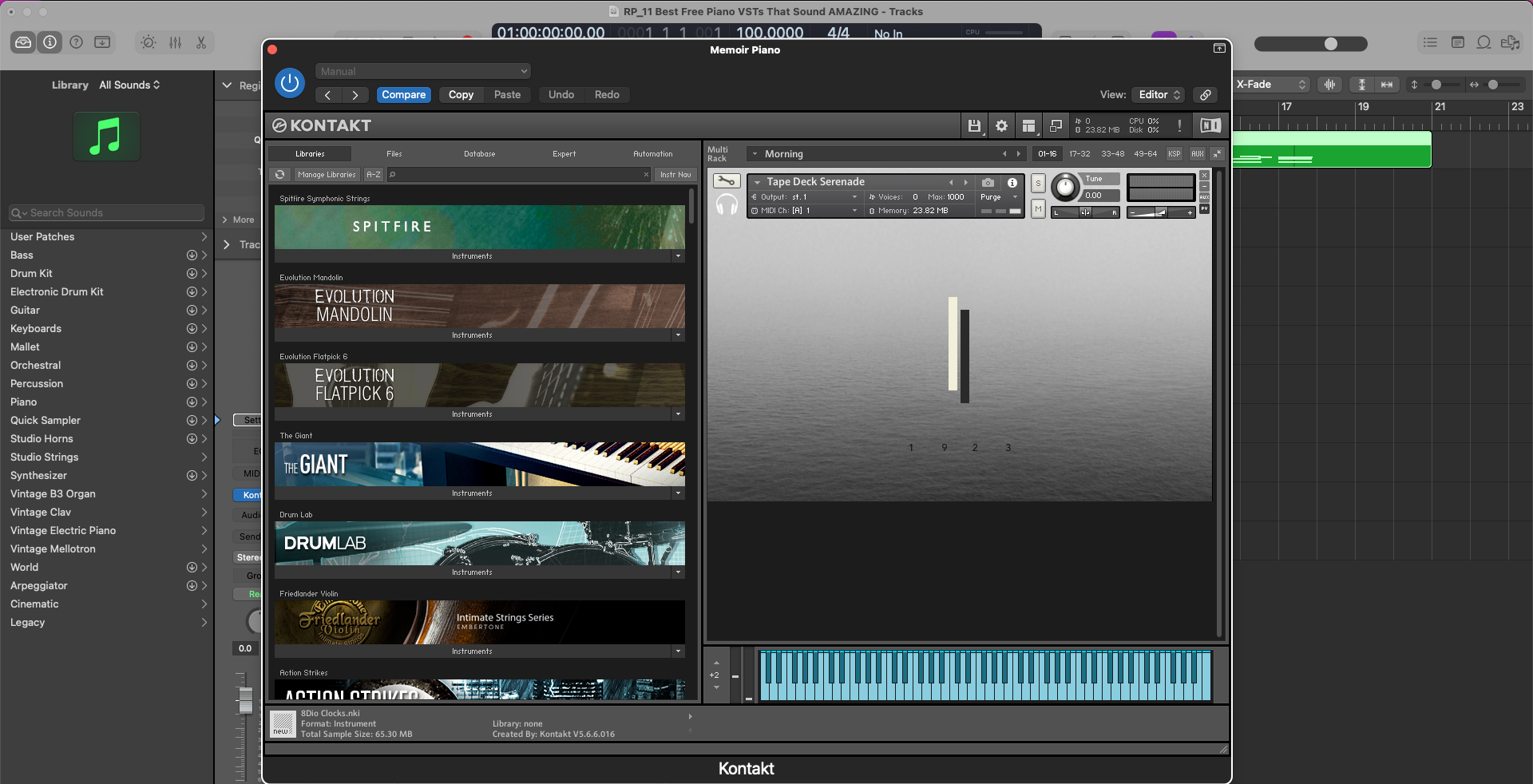
This sounds like a really obvious step but if you don't consider the piano sound you want then you may find that you have completed all the other steps in this article and are still not happy with the sound.
There are two stages to this for us music producers using a DAW.
The first stage is to establish what type of sound you want to produce - choosing the type of piano to use, and the second is to find the best sample library or VST for your needs.
For this case, I will assume you are looking for an acoustic piano, and the two main types of acoustic piano are the grand piano and the upright piano.
The grand piano produces a bright and rich sound often heard in classical music and in film scores. They sound clean and lively.
The upright piano is more traditionally found in homes and in community settings and they often sound more intimate and more soft/round sounding.
If you want more detailed information on this, then I recommend you read my article on the different types of pianos.
Once you have established whether you want a grand or upright piano you can now choose which piano VST you choose.
I would personally start with choosing a free piano VST to find the types of sounds and samples you like. You can then make a more informed choice about the premium piano library you choose.
Write for Both Hands
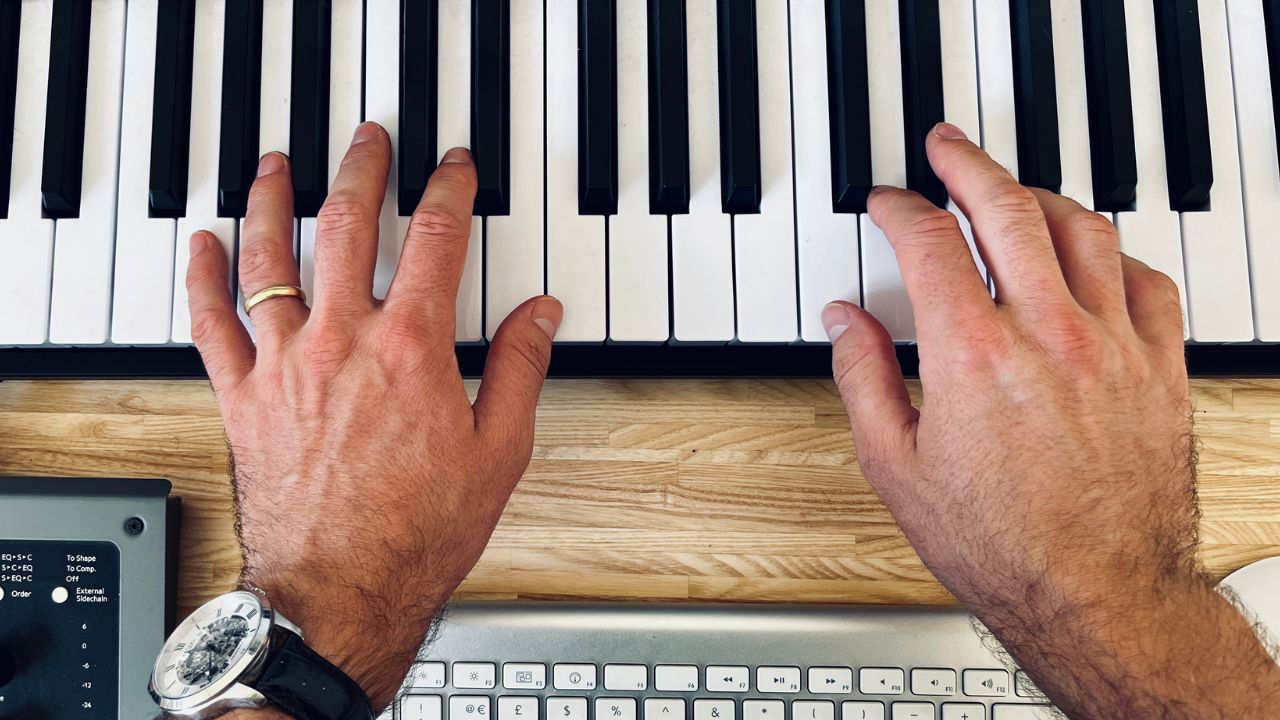
When you are sitting at your computer with the piano roll open, sometimes it is easy to forget that the part you are writing might only be played by one player with two hands.
This isn't simply a case of writing one part on the left of the keyboard and one part on the right of the keyboard (although you could actually do that of course).
It is a case of knowing what each hand does musically and composing your music around that.
In simple terms, the left hand plays the bass and lower harmonies usually in a more rhythmic way. While the right hand plays the top-line melodies and functional harmonies.
These are more suggestions than actual rules but it helps to start with them.
The most simplified way to approach this is to think of the left hand as a bass line and the right hand as a melody.
Once we get our head around that we can then start to add extra notes to fill out the harmony and make more rhythmically and harmonically interesting pieces.
Vary the Velocities
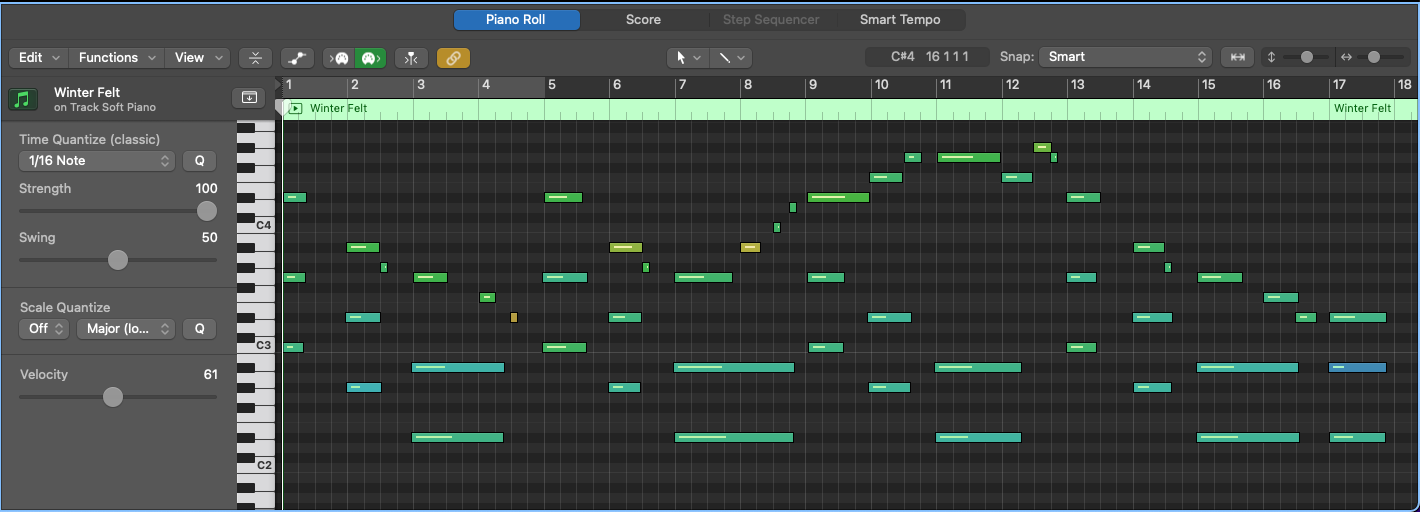
When a real person plays the piano their fingers press down on the piano keys, making the hammers strike the strings within the piano.
Each time they play a note they will be pressing down a different amount i.e. they will press a bit harder or a bit softer each time.
Pianists take advantage of this by playing harder they get a stronger, brighter and louder sound, by playing softer they get a more subtle, sweet and quiet sound. We call this the dynamics when playing the piano.
Dynamics with a DAW are called "velocities".
No matter how well-practised a player is, they will not be able to play exactly the same velocities on successive notes. Each note will have a slightly different velocity.
This subtle variation makes for a more organic and authentic sound.
However, when you write in a piano part in your DAW then you will either pencil in exactly the same velocity for every note or you will quantize them so they are more uniform.
The resulting sound is very mechanical and not at all "human" sounding.
Don't Quantize Your Timing to 100%
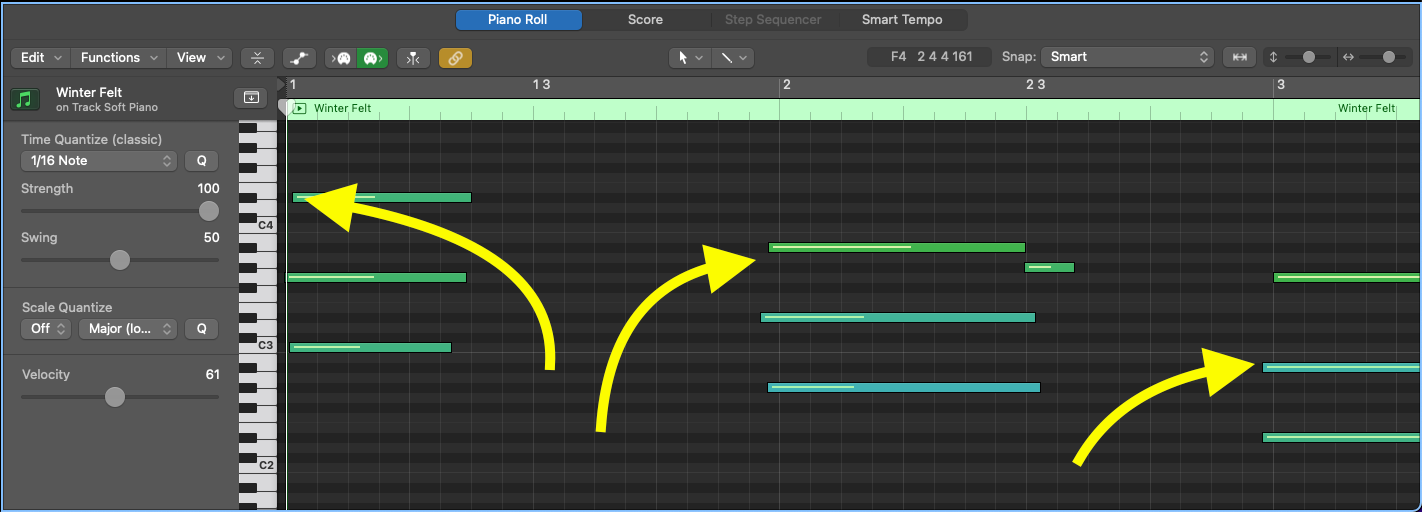
When you play an instrument to a specific BPM, the idea is that you play all the notes "in time"; playing them as close to the desired divisions of time as possible.
If the notes are really close to the beat and its divisions then they are perceived to be "in-time". However, if the notes are consistently off the beat and it's sub-divisions then they are considered to be "out of time".
Ideally, we want our notes to be considered in time. This normally takes many hours of practice with a metronome on your instrument.
Thankfully we now have something called "Quantizing" which moves the notes to be "in time" or as close to the beat as possible.
So if you play a part in your DAW then you can simply select the notes and quantize them 100% meaning that every single note is exactly in time.
Great stuff right?
Well yes, but it also means that your music can sound mechanical and synthetic.
If that is the sound you are going for then great. In this case, however, we are going for a more realistic and authentic-sounding piano part. And to achieve that we want to mimic a professional pianist with great (not 100%) timing.
To do this all we need to do is play around with the amount of quantizing that we apply to our notes.
Put The Piano in a Room/Hall
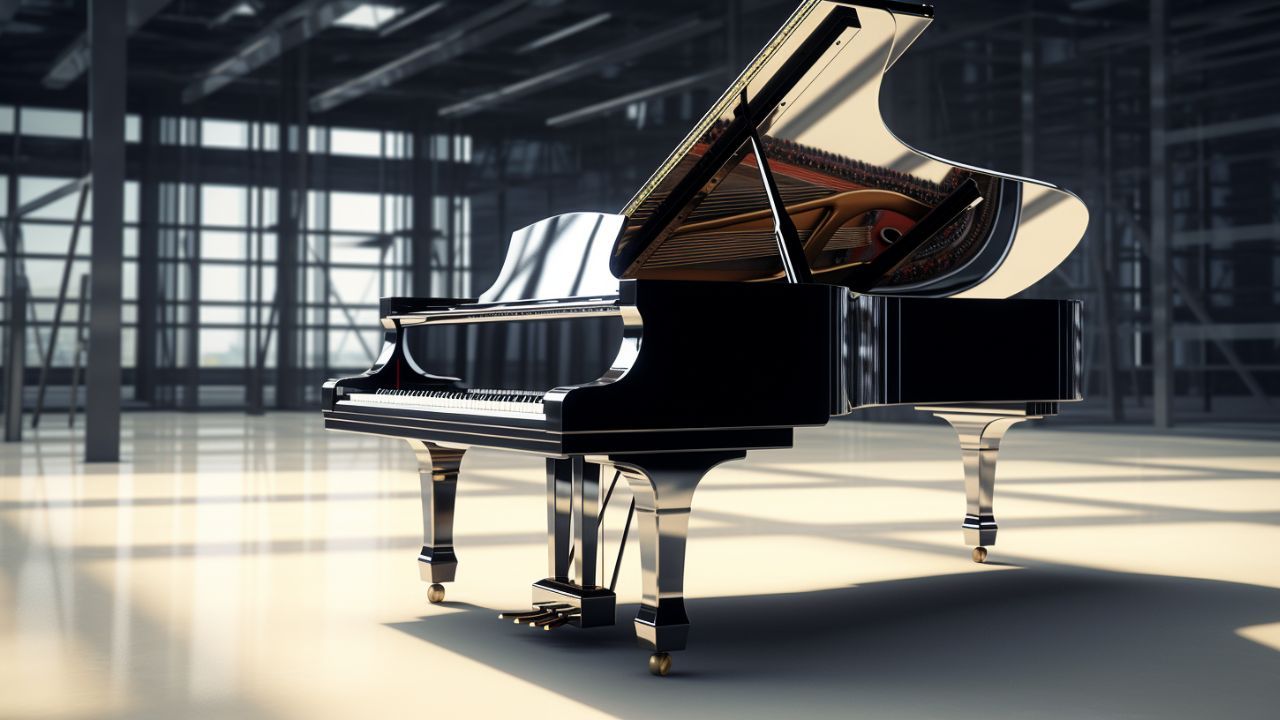
When I think of really great piano recordings I also think of the spaces they were recorded in.
The space the instrument is recorded has as much input into the character of the samples as the instrument itself.
This is why people pay big money to record in places like Abbey Road because the recording space is very important.
You, as a music producer and composer, have to reflect that in your DAW as well.
Most good piano VSTs have some reverb either burnt into the recording or give you the chance to add it in yourself.
Even if they don't give you that chance within the plugin you can always add your own reverb to your channel mixer.
What type of reverb is entirely up to you and what you intend with your piano music.
One piece of advice is to err on the side of caution and treat your reverb with subtlety as it can quickly get murky and sound unclear (unless you are looking for a wash of sound of course).
How Does Our Piano Sound Now?
Do you remember the example from the start of the article?
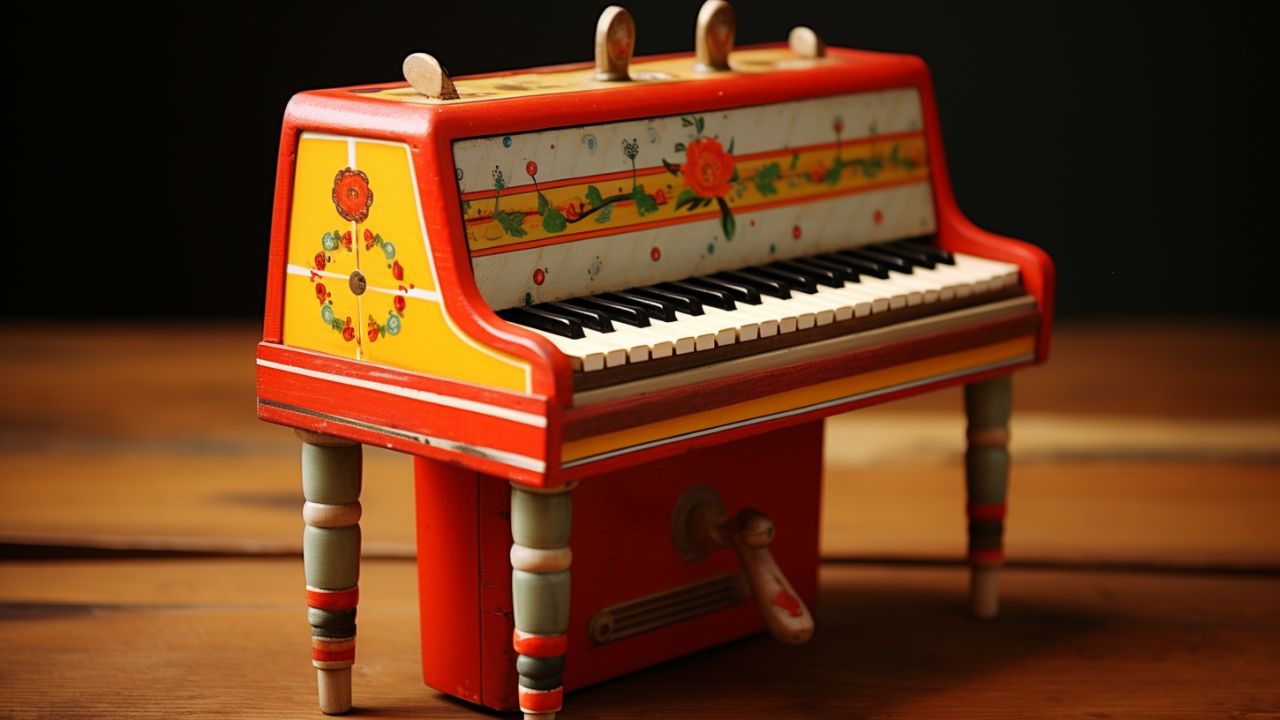
I took that piano idea and changed the piano samples, changed the velocities, rescued the amount of quantizing on the timing, and added it to a hall.
Now it sounds like this...
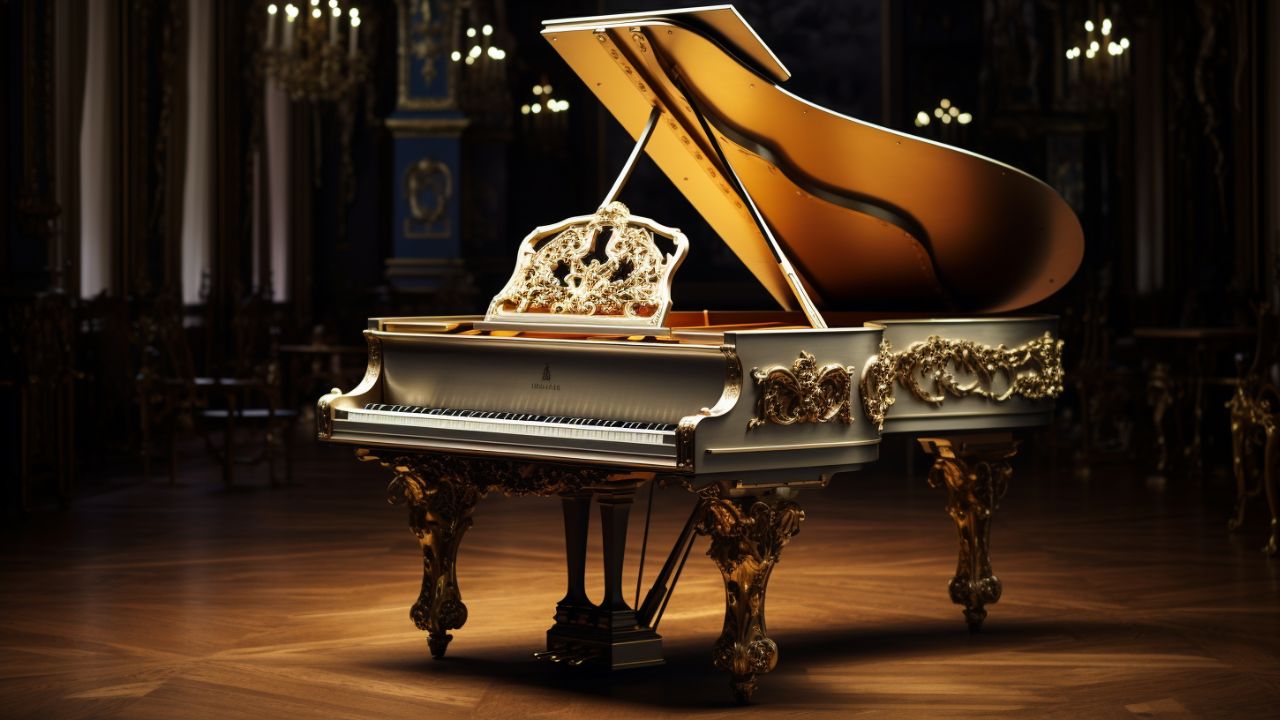
I will admit that the initial part I wrote was most definitely intended for two hands but that would have been one of the first things I would have changed.
I hope you can hear the difference between these two examples, the dramatic pianobetween lines now sound much more realistic and authentic 👍🏻




